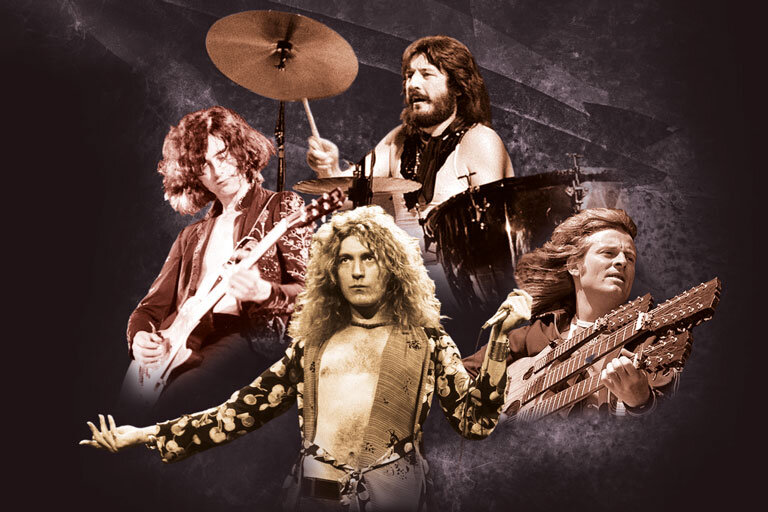The 1950s marked a golden era for the American auto industry. Coming out of the post-war period, the nation experienced a surge in economic prosperity and a growing demand for automobiles.
This article explores the American auto industry during the 1950s, highlighting its significant developments, iconic models, marketing strategies, and the cultural impact it had on American society.
The 1950s witnessed a strong economy, with increased consumer spending power and a growing middle class. The auto industry capitalized on this economic prosperity and introduced numerous technological advancements.
The introduction of automatic transmissions, power steering, power brakes, and increased engine power transformed the driving experience and made cars more comfortable and convenient.
One of the key technological advancements of the 1950s was the widespread adoption of automatic transmissions. Previously, most cars were equipped with manual transmissions, requiring drivers to manually shift gears.
However, with the introduction of automatic transmissions, driving became easier and more accessible to a wider audience.
This innovation provided a smoother and more convenient driving experience, particularly for those who were less experienced or did not want the hassle of manual shifting.
Power steering and power brakes were also significant technological advancements of the era. Power steering systems utilized hydraulic or electric assistance, making it easier for drivers to maneuver their vehicles, especially at low speeds or when parking.
Power brakes, on the other hand, reduced the effort required to apply the brakes, enhancing safety and control.
Additionally, the 1950s witnessed significant advancements in engine technology. American automakers focused on increasing engine power, performance, and fuel efficiency.
V8 engines became more prevalent, offering higher horsepower and improved acceleration.This shift toward more powerful engines coincided with the growing fascination with speed and performance, both on the racetrack and in the consumer market.
The 1950s brought forth a plethora of stylish designs and iconic models that became synonymous with the era. American automakers embraced the sleek, streamlined aesthetics, incorporating chrome accents, tailfins, and bold color choices.
Models such as the Chevrolet Bel Air, Ford Thunderbird, Cadillac Series 62, and the Chevrolet Corvette captivated car enthusiasts and showcased the innovation and craftsmanship of the American auto industry.
The 1950s witnessed a significant rise in suburbanization, with families seeking a comfortable and convenient lifestyle outside the city.
The American auto industry responded by producing family-oriented vehicles. Station wagons, like the Chevrolet Nomad and the Ford Country Squire, gained popularity as spacious and practical cars for family transportation, fitting into the suburban lifestyle.
The 1950s marked the rise of aggressive marketing and advertising strategies by automakers. Television commercials and magazine advertisements promoted the allure of car ownership and highlighted the freedom and status associated with owning an automobile.
Automakers also emphasized the concept of planned obsolescence, encouraging consumers to trade in their older models for newer ones to stay in vogue.
The 1950s witnessed a significant interest in auto racing, and American automakers actively participated and capitalized on this enthusiasm.
The introduction of high-performance engines and advancements in aerodynamics paved the way for the rise of muscle cars. Legendary models such as the Chevrolet Corvette, Ford Thunderbird, and Chrysler 300 became synonymous with speed and performance.
The American auto industry in the 1950s had a profound impact on American culture. The ownership of a car became a symbol of freedom, status, and individuality.
Cars played a crucial role in shaping the development of suburban culture, drive-in theaters, and the rise of car culture, including the emergence of hot rods and street racing.
The American auto industry in the 1950s experienced a remarkable era of innovation, style, and cultural significance.
Technological advancements, stylish designs, and effective marketing strategies captivated the American public and contributed to the rise of car ownership and the nation's growing fascination with automobiles.
The legacy of the 1950s auto industry can still be felt today in the iconic models, performance cars, and the enduring love affair between Americans and their automobiles.
